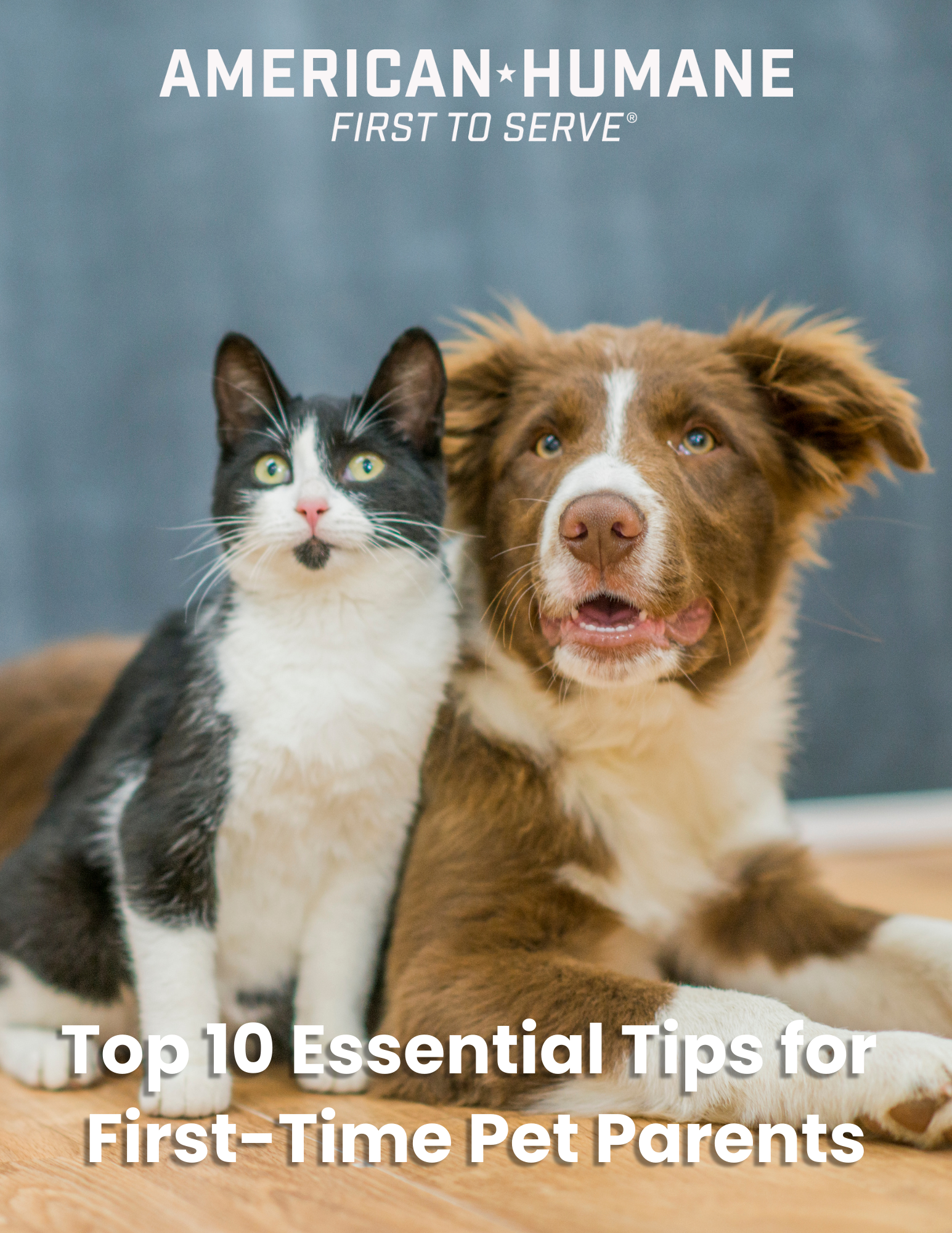Whether our military personnel have their deployments extended, are redeployed or are newly deployed, they face a number of difficult decisions regarding home and family. Frequently, one of those dilemmas is what to do with companion animals considered to be family. How can they ensure that their pets will be taken care of while they are away, and that they can be reunited with their pets when they return?
THE OPTIONS
When servicemen and women are called for duty, the first and best option in arranging for the care of their companion animals is to find a family member, friend or neighbor who can temporarily take in the animals. But this option is not available to everyone, especially to military personnel stationed far from home.
Shelters and private groups, such as Dogs on Deployment*, Military Pets FOSTER Project**, and PACT For Animals*** may be able to help place pets in foster homes temporarily. Military personnel may also be able to get assistance from their local base command.
Military families affected by continuing troop deployments need help on many different fronts, not the least of which is temporary pet care. Offering or finding foster homes is a way to thank these soldiers and their families for their deep devotion in the service of their country.
MAKING A PET PLAN
Whether a military pet will stay with family, friends or a foster caregiver, the following steps will ensure that the pet is well cared for and reunited with its owner.
WRITTEN AGREEMENT
Create a written pet care agreement. The agreement should cover important issues such as what will happen to the pet if the temporary caregiver can no longer care for him, who is liable for any damage done by the pet, what will happen if the owner is unable to reclaim the pet, and what happens if the pet is injured or dies while in the temporary home.
PET PERSONAL PROFILE
Complete a pet profile to help the caretaker understand the pet’s particular needs. This profile should include the animal’s health history, medications, temperament, eating and sleeping habits, training and any other important information.
VET AND VACCINATIONS
Ensure the pet’s vaccinations are updated and provide the caretaker with veterinary records. Leave the caregiver with contact information for the pet’s regular veterinarian.
IDENTIFICATION
Tag the pet with all required rabies and license tags, and make sure that all tags include the temporary caretaker’s contact information. Microchipping the animal is also strongly recommended, since microchips provide permanent identification that will always be with your pets.
HANDLING ROUTINE NEEDS
Reach an agreement on how to handle expenses for food, toys, grooming and routine and emergency care, and make arrangements to provide the necessary funds to the caregiver.
SPAY/NEUTER
Make sure the pet is spayed or neutered so it does not have the desire or opportunity to breed while the owner is away.

